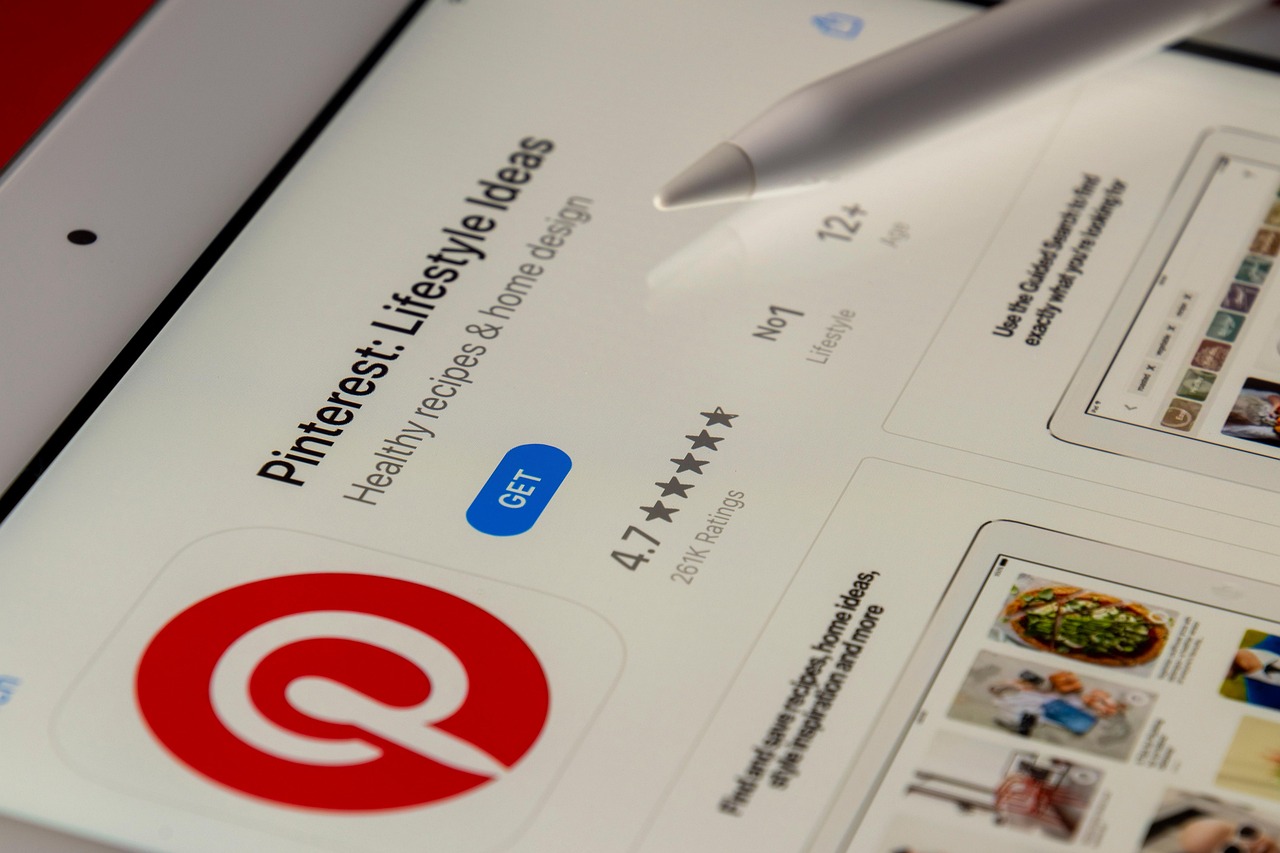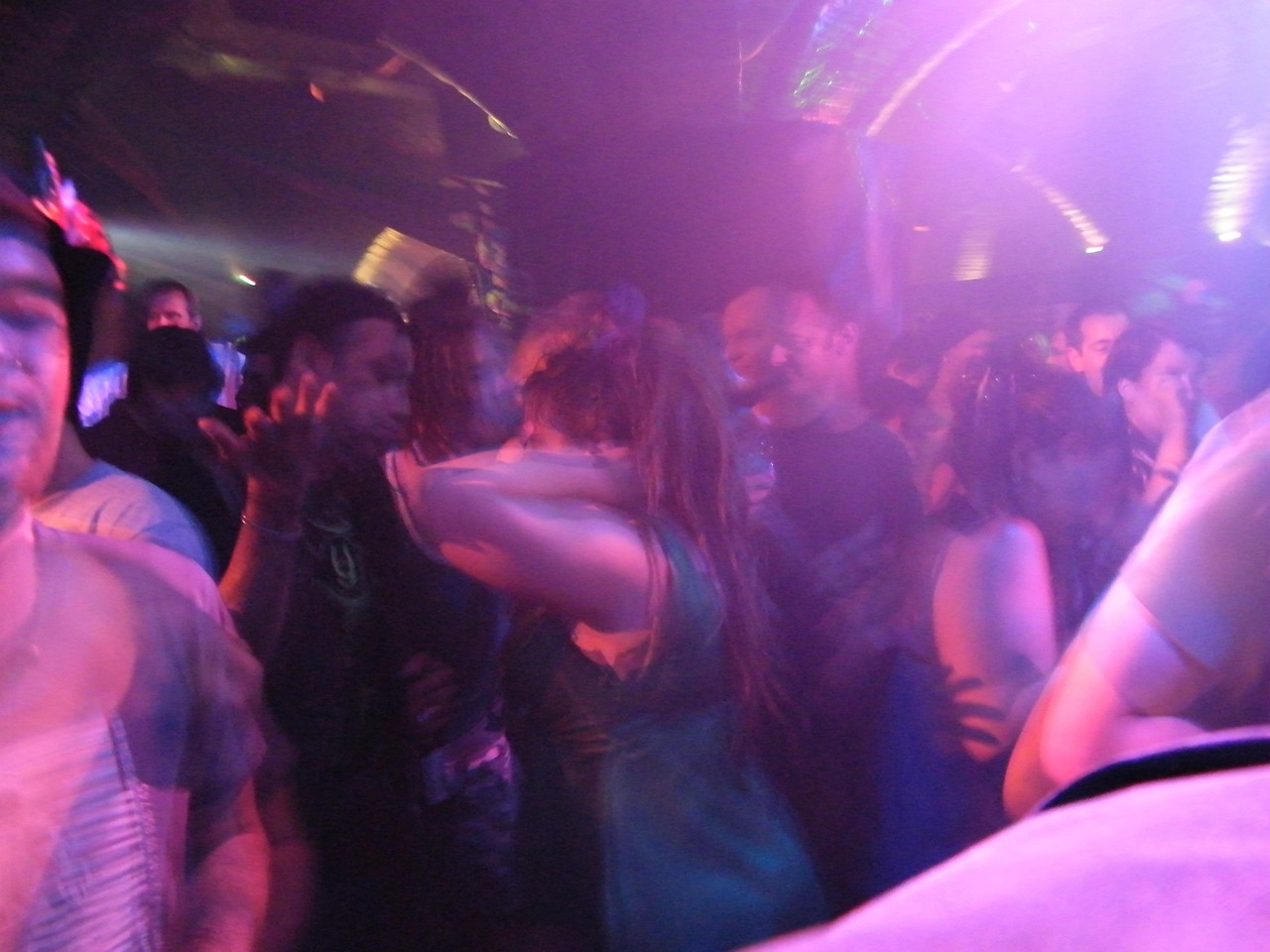Our sense of self is no longer shaped through the lived experience of the olden days, gone are our private journals and personal style evolutions: who we are is now carefully curated through mood boards and algorithm-approved content.
Living in a consumerist age where TikTok, Amazon, and Pinterest dominate our screen time, it’s undeniably becoming harder to tell the difference between what we genuinely want, what we truly need, and what we’ve simply been told we should have. In the process, platforms like Pinterest and TikTok don’t just shape our shopping habits or style preferences, they influence our self-perception. As mood boards begin to evolve into personal brands, and aesthetics into identities, we have to stop to wonder… Are we absentmindedly drawing inspiration, or are we constructing digital personalities?
In the never-ending pursuit of becoming the next, better version of ourselves, modern society willingly sorts identities into Pinterest boards and pre-packaged aesthetics. Everything, from how we dress to what we drink, is categorised, filtered, and assigned a ‘vibe’, and we start to form little ‘vibe’ communities online, convincing each other we need this and that in order to maintain ‘the vibe’ (I’ve said ‘vibe’ too much and now it sounds weird).
There’s a hope that with enough new ‘things,’ we’ll finally become the person we’ve meticulously pinned into existence! It’s curated, aspirational, and always just out of reach- keeping the people longing and willing to pay.
In a way, you could say it’s like Stockholm Syndrome. We are held captive by digital perfection but we love to be there. As I said, consumerism thrives on keeping perfection just out of our grip, luring us to chase what can never be caught- that feeling of ‘once I buy this, my life will be fixed’.
Wrong!
Every week there’s a new product on the market, another trendy item you can collect, another game upgrade or pair of trainers that the ‘it’ girl has to have in order to qualify as ‘that girl’… Providing you want to be that girl- you do want to be the ‘it’ girl, right?
Subsequently, in this society where most things are instant, it's easier than ever to choose who you’ll be this week, and you can do it too- for £9.99 yearly, you can have a next day delivery subscription!
…But, what happens when you stumble upon a new niche? Similar content gets lined up to perform for you through your screen, with handy little links to the product in their videos- and, well, you start again. Building the ‘new you’ from the ground up.
It’s costly- it’s wasteful, and for many, it can be all-consuming.
Now, you might think, “Hey, this isn’t me, I’m in control.” And that’s great. But for many people, shopping is a real struggle.
Earlier this month, the BBC published an article about a self-described shopping addict: Lucy, a 37-year-old from West Yorkshire, admitted to spending over 14 hours a day online shopping, and is now calling for shopping addictions to be taken with greater severity.
Lucy told the BBC that seeing influencers online “normalised” her behaviour, and that shopping was the first thing on her mind when she woke up. In her words:
“Clothes acted like an armour to not feel the feelings that I did in real life…
She goes on: You keep looking for clothes in the same way someone might keep drinking because they haven’t quite reached the point of escapism they were hoping to reach.”
In the same article, 40-year-old Natalie, from Rotherham, told the BBC that her OCD “triggers” her online spending. She talked about her “cupboard of doom” that is home to 3,000 washing pods and 300 tubes of toothpaste.
Natalie told the BBC: "I cannot stop - and I do not want to stop either. If I see something online, I need it. I don't care how I get it, I need to get it."
Quotes sourced from the BBC. Full story available at bbc.co.uk
Natalie’s forthright account of her experience with being a compulsive shopper highlights how behaviors that seem purely materialistic, can be rooted in deeper issues, like impulse control difficulties and struggles with identity.
We are living in the age of the ‘influencer’. Everyone has one they follow, everyone wants to be one. In a society that claims to champion individualism, unique ideas and authenticity, we are left spending to stay trending.
There are many branches to this tree:
- Personal sense of style
- Trending dietary habits (matcha etc)
- Home decór
- Television personalities, i.e, Rory Gilmore (the naive, well liked academic), Carrie Bradshaw (the neurotic, romantic, fashion journalist), Rachel Green (stylish, growth-oriented, charming), Elena Gilbert (girl-next-door, understated, desired)…
- Celebrities and musical artists
It all boils down to authenticity. Are we just constantly aiming to replicate the lives of those we see on our screens, be it television or TikTok: could our social media addiction be to blame, and how does ‘the age of the influencer’ keep such a strong grip on those content-consumers with neurodivergencies?
When it comes to experimenting with identity and how we present ourselves online, there is a fine line between healthy exploration and losing yourself in the chaos, especially for people living with ADHD. According to the NHS’s official website:
‘ADHD (attention deficit hyperactivity disorder) is a condition where the brain works differently to most people.’
I spoke with an ADHD coach and communicator, Professor James Brown. He told me there is a difference between experimenting aesthetically through self-identity themes, in a balanced, grounded way, and completely losing your sense of self within that. He said:
“The difference is usually in whether it adds to your life or erodes it. Healthy identity play feels flexible, values-led, and curious. By contrast, losing yourself tends to feel compulsive, anxiety-driven, or impairing.
He suggests asking this: ‘does this align with my values, or is it just an urgent distraction?’ He advises that if a person's relationships, finances, or wellbeing are taking a hit from experimenting with different online ‘aesthetics’ regularly, that it points towards a “clear red flag”.
So, is there a connection between ADHD and being more susceptible- or vulnerable, to the rise in online performative consumption, and is the dopamine-seeking nature of a person with an ADHD what makes them so? Professor Brown said:
“Altered dopamine activity in ADHD can bias people toward fast, novel rewards. Social media platforms are designed to deliver exactly that, which makes identity-shifting more likely to tip from playful into compulsive.
He goes on: Research shows adults with ADHD are more prone to impulsive spending, especially when rewards are immediate and friction is low (like one-click checkouts or flash sales). The same brain mechanisms that make TikTok sticky can also make ‘tap to buy’ harder to resist.”
A study published by ResearchGate found that each core ADHD symptom: scattered attention, hyperactivity and impulsivity, uniquely correlates with different types of internet activities. For example, inattention was associated with ‘information downloading and online browsing’, while hyperactivity/impulsivity was linked to ’online shopping and gaming’.
So with impulse shopping, trend-hopping and identity-signaling buying aside, how do we, especially those living with impulse control deficiencies like ADHD and OCD (obsessive compulsive disorder), navigate through the noise to reach a quieter place of self-discovery? Professor James Brown said:
“People with ADHD often have differences in 'reward' and novelty processing. New aesthetics deliver micro-bursts of novelty and belonging- exactly the kind of fast reward our brains find appealing...
He continues: There’s also delay aversion: we’d rather get the quick hit of “reinvention now” than wait for slow, incremental growth…
These aesthetics can temporarily soothe rejection fears and give a sense of belonging. ADHD can dent self-concept, especially after years of masking…
But your core values are usually stable; what changes is their expression. Think of your true self as the spine, with aesthetics as the clothes you put on.”
Image 1:
Screenshot of TikTok
By: madeline.vivienne
[content creator]
Image 2:
Screenshot of TikTok
By: bree.onabudget
[content creator]
Internet communities arguably play a significant role in societal influence, with online subcultures both indirectly offering ADHD individuals a sense of belonging and, at times, reinforcing a cycle of chasing connection that never fully sticks. With Pinterest boasting approximately 570 million users monthly, it’s easier than ever to quite literally ‘pin’ together a new personal aesthetic. Professor Brown says that the “right communities can be a lifeline”, that offers people a sense of belonging. The catch is that if that corner of the internet is built on fast pace trend hopping and self-reinvention, you risk “chasing belonging rather than feeling it”.
Content like this [see picture above] could be what justifies and fuels this generation's ‘shopping addictions’. This viral video, captioned ‘who can relate?’ Followed by tags: #shopping #addicted and #viral, it almost becomes a new ‘niche’ to be the ‘shopaholic’. According to Professor Brown, packaging this sort of content up with ‘relatable humour’ could be ‘genuinely damaging’ to someone with attention deficit hyperactivity disorder, and said that it “risks trivialising real financial harm, especially for people whose self-regulation is already compromised.” Could this be the type of content that normalises, and as Professor Brown noted- trivialises the financial harm in trend-hopping and over-consumerism?
If you have been an Instagram user in the last decade, you may have noticed a content-shift. Gone are the days when you would post a picture of your cat, and your friends would actually see your post. Instead, every other post is an ad, influencer influencing, or a meme- be it on your timeline or between viewing the stories of friends, there’s always an ad. Professor James Brown said that “modern society rewards impulsivity, commodifies identity, and makes self-control harder for those already at risk.”
It is quite literally inescapable.
User satisfaction with social media dropped by 2.8% in 2024, tumbling down to a score of 70 out of 100- according to the American Customer Satisfaction Index. It said that platforms such as Instagram, LinkedIn, Pinterest, Twitter, and YouTube saw declines of 1% to 4%.
Could this be an indicator that people are trying to escape the over-consumption influence that dominates our digital societies?
On the flip-side of this coin, there is a growing shift towards trends like ‘project pan’ [committing to finishing products before buying more], thrifting, and ’underconsumption core’, where a corner of the internet showcase their lives, by focusing on the normality in sitting out of the over consumption party. Whilst this seems like a great step forward for the digital world, the very fact this has been tagged and labelled as ‘underconsumption core’, could suggest that this is just another fleeting trend.
It is interesting that it is becoming the ‘it’ thing to not have a lot of clutter: what happens when that trend ends, and the Pinterest-personality cycle continues? Notice how both search bars display a stark contrast in trending content suggestion: ‘minimalist documentary’ and ‘shopping addictions’- just something to think about. There is a somewhat eerie poetry in its irony.
Definitely not shopping for Halloween decorations in August…
Logging out,
Kaitlyn.





